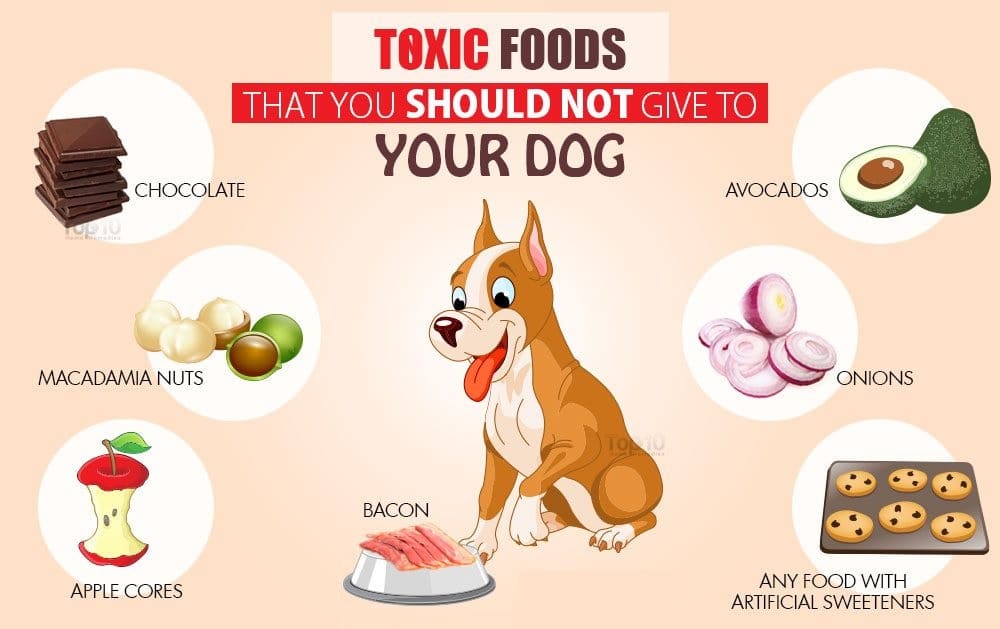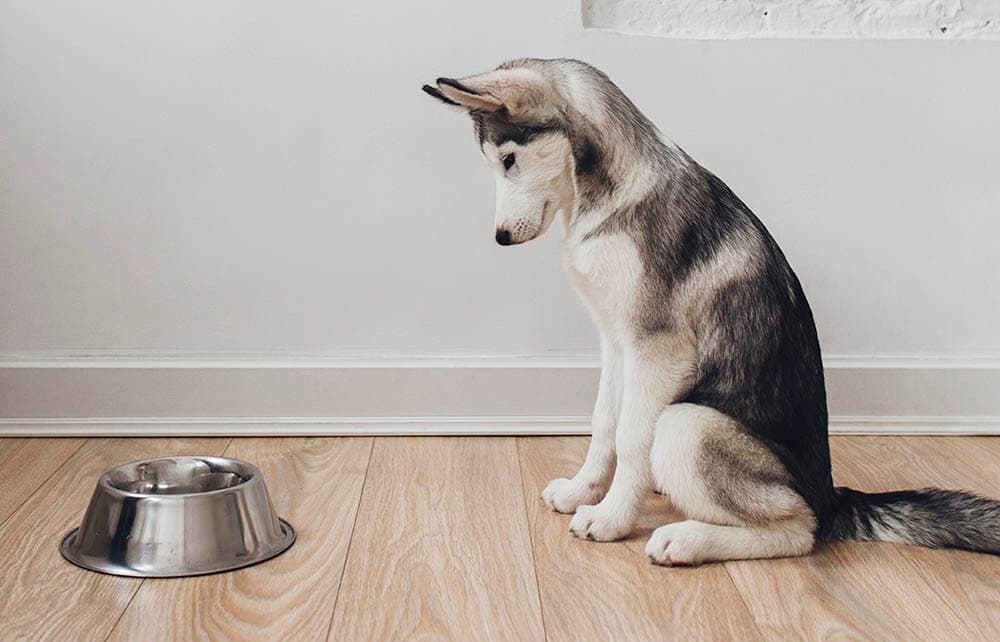The life stages of puppys in terms of feeding
Here we are listing the main statuses of the dogs from their born to be 1 years old.
For more informatios please read this article: https://www.thesprucepets.com/puppy-development-from-newborn-to-one-week-4588125
• puppies start eating solid nutrients in addition to breast milk at about 4-6 weeks, depending on the breed of the puppy. From now on they can get puppy food. Up to 6 meals a day.
For more information please this article: https://www.thesprucepets.com/puppy-development-from-8-to-12-weeks-4586406
• around 3-5 months of age the baby teeth start to shed and permanent adult teeth emerge, which can affect their diet. 3 meals a day
For more information please read this article: https://www.thesprucepets.com/puppies-three-to-six-months-4570930
• the dogs’ adolescence can be put on at about 6-10 months of age, this is also the period of puberty. This can also affect and change the dog’s appetite, taste and eating habits. 2 meals a day
• depending on the breed, dogs could start eating adult food at the age of 7-12 months. By this time the dog will reach its final size. 1-2 meals a day
To cover thw whole educational material please read the following article too: https://www.nomnomnow.com/learn/article/puppy-feeding-guide
General feeding knowledge for adult dogs
Here we list the frequently asked questions and misunderstandings in connection with the adult dog’s feeding.
• dogs aren’t predators, so meat alone is not enough for them
• protein is required the most in a dog’s diet – so meat is needed
• there is also need for Ch (grain, rice) -> energy is produced easier and faster than in case of protein, but no large quantities are required
• vegetables, fruits – contrary to the misconception, it is not important because of their vitamin content. The body of dogs produces most of the vitamins and the most important minerals are obtained from meat and offal. They need vegetables and fruits because of their fiber content, which is necessary for proper stomach function and proper condition of the intestinal villi.
• what kind of meat should dogs eat? Any meat can be eaten raw, cooked and processed as well. Except pork! Not even cooked pork is recommended, because it can carry Aujeszky’s disease, which cannot be destroyed by heat treatment, causing pseudo-rabies in dogs.
• which Ch-source is good for them? Grains such as barley, millet, corn, wheat, etc. Rice, sweet potatoes, pumpkin
• what kind of vegetables? Dogs can eat any kind of vegetables and as much as they want, but some vegetables (e.g. cauliflower, kohlrabi) can inflate their tummies.
• what kind of fruits? Essentially any fruit in small amounts, but it is important to pay attention to the fructose content. Apples and blueberries are best. Grapes and small seeded fruits (e.g. strawberries, currants) and bony fruits are not recommended.
• how many times should dogs eat a day? For them it is enough to eat once a day, but two feedings a day is more recommended. It’s worth having a fasting day every week when your dog isn’t eating anything.
• what does the amount of dog food depend on? This depends on how old the dog is, how fast is its digestion, how much does the dog exercise a day.
• can different foods be mixed? It can be mixed, but nod recommended. Different foods have different digestion rate. Different amounts of stomach acid needed to break each of them down, so it can be hard on the dog’s stomach.

Toxic, and not recommended things for dogs
The following meals are especially not recommanded for dogs. We never advise to give to them!
⛔ alcohol: their bodies cannot break it down, can cause liver damage or stagnation
⛔ avocado: toxic to dogs
⛔ sugar and sweeteners: sugar has a bad effect on the liver, blood sugar levels cannot be regulated properly. Most sweeteners can be deadly even in small amounts. Exception: glucose – dogs can not get it constantly, only occasionally, e.g. after vomiting or not eating for several days, it is a very good source of energy, it could bring the dogs’ blood sugar to the right level
⛔ chocolate: the higher the cocoa content, the more toxic it is. It damages the central nervous system in small amounts in the long run, it can even cause death in large amounts (e.g. a chihuahua could die from eating a bar of chocolate)
⛔ raisins: not recommended due to their high sugar content
⛔ strong seasoning: not good for the dog’s stomach
⛔ potatoes: due to the high starch content, dogs cannot digest potatoes. Hard on the stomach
⛔ pasta: refined white flour means excessive and unnecessary CH intake for dogs, leads to obesity in the long run
⛔ yeast and dough: unable to digest, inflation. Dough can even ruin the stomach, in extreme cases the dog can die if, for example, eats raw dough
⛔ boiled bone: the structure of the bone changes due to heat treatment. It splinters, which can irritate and injure the dog’s mouth, oesophagus, stomach and intestines

Try this, ff the dog doesn’t eat the new food
In many cases it is very common that the dog doesn’t eat the new food. Here are the best practices to make a change.
We always force the customers to not give up. Because our dog food is excellent for their dogs and we want the best for them. Just because it needs time, it is still the best what their dog can have. And our focus is always to make the dog and the dog-parent happy as well. If the dog doesn’t eat the food, it is not okay. We need to help them!
• mixing method: gradual habituation: gradation is important. Depending on the sensitivity of the dog’s stomach, the rehab period can last from a few days up to 2 weeks. In general, it is worth giving 1/3 of the new dog food and 2/3 of the old one. Gradually increase the amount of new food and decrease the amount of the old one every day.
• starvation: after a fasting day (when the dog doesn’t eat anything all day) the dog should receive food, if the dog does not eat, it must be taken from him/her after 10 minutes and then returned in the evening. This should be done until the dog gets hungry enough to eat the food in front of him/her.
• mixing with something else: not the best solution, yet many people do it by mixing canned food with liver cream, meat, etc.
• soaking: the food can be soaked in lukewarm water or broth. This is a successful method mainly in case of smaller dog breeds and elderly dogs.
Most common feeding types
There are many ways to feed dogs, but the following three are the main ones. Sometimes people mix them too.
• traditional: kibble and/or canned dog food
• cooked food and leftovers: not recommended, the dogs cannot get as much nutrients as they need. Leftovers are spicy, sugary, unsuitable
• barf: dogs only get raw meat, bone, offal and vegetables (only canned food can be recommended for them)

